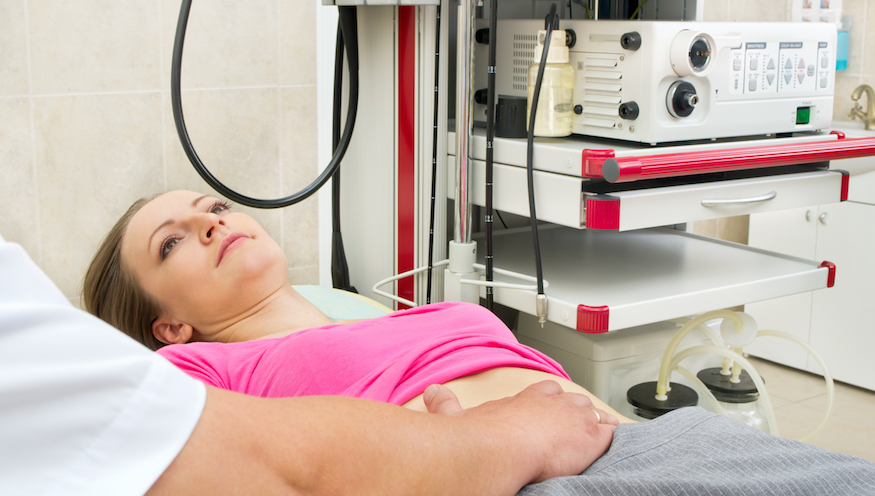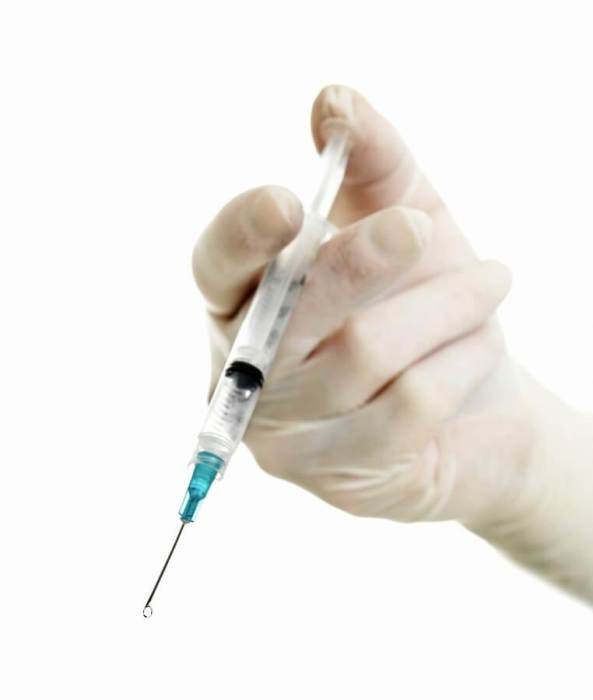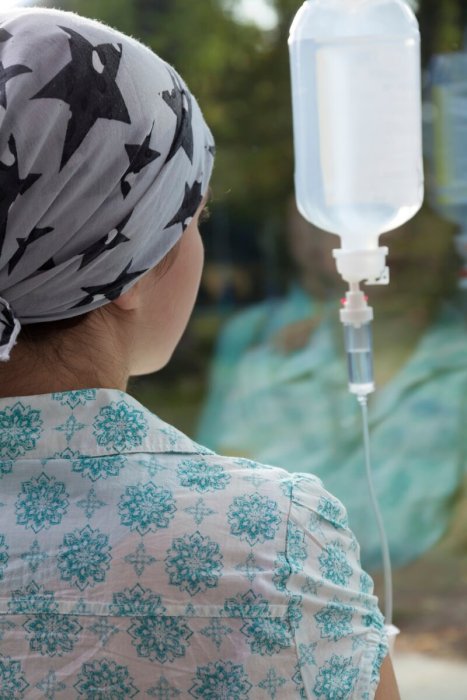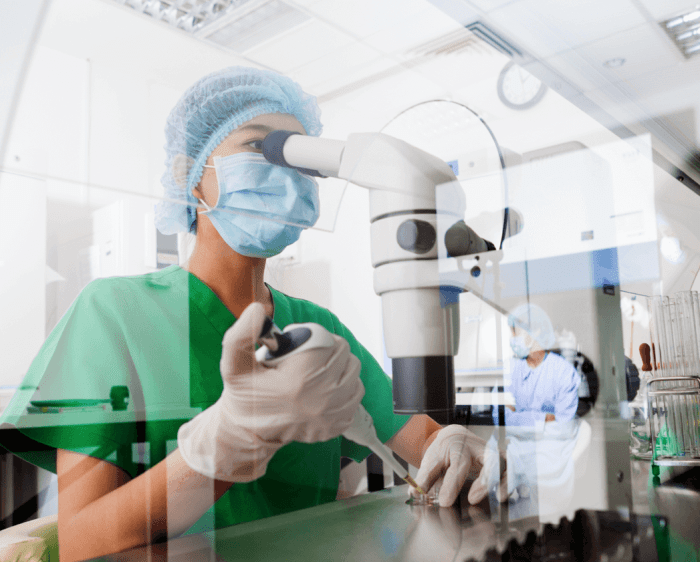You’ve almost certainly heard of the gallbladder, but likely only when someone you know needs to have it removed or is experiencing pain due to gallstones. To find out more, we talked to Dr. Matthew Dong, assistant professor of surgery at the Icahn School of Medicine at Mount Sinai.
What is the gallbladder’s function? Where is it in your body?
The gallbladder is a small sac-like organ that sits underneath and behind the liver. It has a small duct, called the cystic duct, that attaches to the main duct leading from your liver to the intestine, called the common bile duct. The gallbladder’s job is to store and concentrate a substance called bile, which is produced by the liver. Bile works much like soap, breaking fat in your diet into tiny particles that are easier for the body to absorb. When you consume a meal that contains fat, intestine sends a hormonal signal to the gallbladder to contract to release some of that stored up bile to help digest the fat in your food.
What causes problems in the gallbladder?
Occasionally, the gallbladder can have problems. By far, the most common problem is gallstone disease, and over 750,000 cholecystectomies (surgery to remove the gallbladder) are performed every year in the United States. A much more rare disease of the gallbladder is gallbladder cancer, of which there are only a few thousand cases per year in the United States.
What are the symptoms?
The most common symptom of gallstone disease is pain, particularly in the upper right part of the abdomen. Often, this pain is made worse by consuming foods that are high in fat. Other symptoms may include nausea or vomiting. Occasionally, a gallstone may escape the gallbladder but get lodged further downstream and block the common bile duct, causing jaundice (yellowing of the skin due to excess bilirubin in the bloodstream) or pancreatitis (inflammation of the pancreas).
What are gallstones?
Gallstones are solids that precipitate out of the bile in the gallbladder. Most commonly, these are made of cholesterol, although bilirubin can create stones as well. Gallstones usually start as sludge or sand but they can grow to several centimeters in some cases. Many people develop gallstones, 10-15% of Americans have gallstones, and the vast majority of them never develop problems as a result.
Can they pass on their own?
Gallstones cause a problem if they become lodged in the cystic duct or downstream in the common bile duct. If a gallstone gets stuck in the cystic duct and the gallbladder contracts against the obstruction, this can cause pain. Sometimes, the gallstone will pass through or become unstuck, which will result in resolution of the pain. In more severe cases, the gallstone may remain stuck, and the gallbladder may become inflamed or even infected, which is called acute cholecystitis.
How are gallbladder issues treated surgically?
If a gallbladder and gallstones are causing a problem, the only way to get rid of the stones is surgery to remove the gallbladder, called a cholecystectomy. Most of the time, this can be done laparoscopically, through small incisions with small instruments. This is one of the most common abdominal surgeries performed, but like all surgeries, it has risks, including the risk of the anesthesia, bleeding, infection and damage to the structures near the gallbladder, most importantly, the common bile duct. It is important to discuss with your doctor the risks and benefits of, and the alternatives to surgery to remove the gallbladder, if this is being considered.
How can you maintain a healthy gallbladder?
Maintaining a healthy weight, eating a healthy diet, and preventing medical conditions like diabetes may help to reduce the chances of gallstone formation.
If you have your gallbladder removed, is there anything you must do to compensate (medication, etc)?
After the gallbladder is removed, the liver will increase its production of bile. Most people who have their gallbladder removed do not notice any changes in the way that they tolerate foods. Some people have difficulty digesting fatty foods, which can result in bloating or in extreme cases, oily diarrhea. Most of these symptoms improve with time or only occur when patients consume a large amount of fatty food. Rarely, the liver may make an excessive amount of bile acids, which may result in diarrhea. This condition, called bile acid diarrhea, is generally effectively treated with medication.
Who’s at risk for gallbladder problems?
Risk factors for developing gallbladder problems include obesity, female gender, pregnancy, diabetes and increasing age. Genetics play a role as well, with gallstone disease often running in families and more common in certain ethnicities, particularly Native Americans. Rapid weight loss may also increase the rate of stone formation. Stones may be more likely to form in people with diseases that affect the biliary tree, such as Crohn’s disease, cirrhosis or cystic fibrosis. Certain medical conditions also increase the risk of stones forming due to the breakdown products of red blood cells, such as sickle cell disease, hereditary spherocytosis and thalassemia.
Is there a screening process?
If you do not have symptoms related to your gallbladder, there is no need to perform any tests for screening purposes. Oftentimes, gallstones are found incidentally (by accident while diagnosing another condition), and asymptomatic gallstones rarely require surgical treatment. If you do have symptoms that your doctor thinks may be caused by the gallbladder, she or he will often perform diagnostic tests. These include imaging studies, such as ultrasound, CT scan, or MRI, and laboratory tests, such as liver function tests. Because the symptoms that are caused by gallbladder disease can be very similar to other medical conditions, such as peptic ulcer disease, gastroenteritis or gastroesophageal reflux (GERD), your doctor may also test for these as well.

























